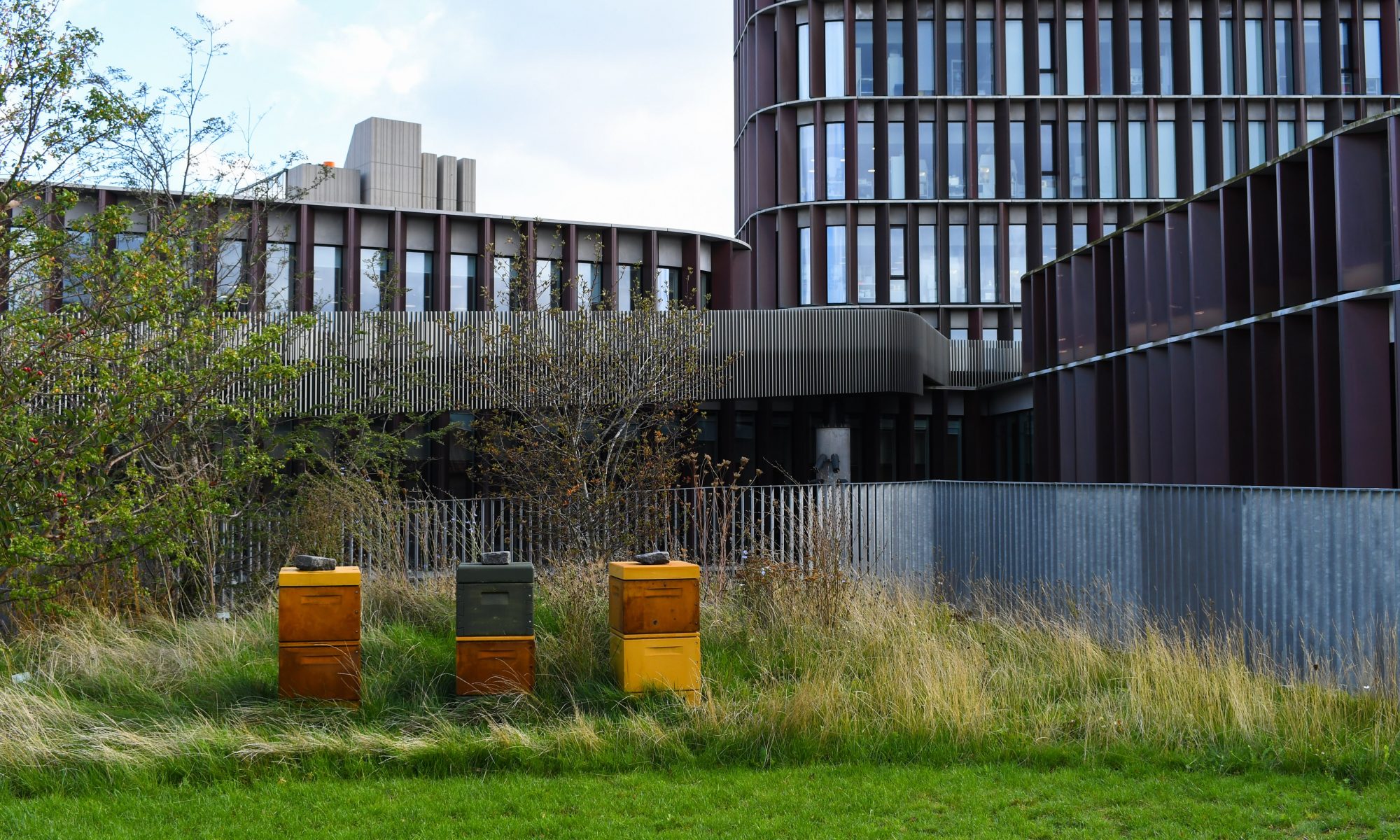How can a neighborhood retain its “soul” while also accommodating growth and change? How can design of a commercial street invite public use and the cultivation of a more vibrant “public life” culture? As a neighborhood in a rapidly-growing city transitions, how can its history, current strengths and beloved qualities be preserved, while also accommodating and promoting the kind of change that will cultivate a more socially just, economically robust and environmentally regenerative urban node?
These are questions we explored throughout the 2018 studio, using the 15th Ave. East commercial node as a case study for our analyses, urban theory-based investigations, planning and design explorations. Our work was grounded in the expressed wishes of the local neighborhood residential and commercial community, garnered through a workshop in Spring of 2018 that was sponsored and documented by the local interdisciplinary planning and design firms of Board and Vellum, and Environmental Works. The workshop asked, “What are your best ideas for the future of 15th Ave. East? Participants addressed safety, green space, small businesses, job development and thoughtful density and also drew their ideas on overlays of existing street elevations.
Our studio explored how we can address these desires, and bring our own sensibilities, research and design talents to propose policies, plans, designs and guidelines for improvements to the street and public realm, and to the possibilities for transitioning sites located along this current commercial stretch. Inspired by our experiences in Copenhagen and Malmo, we considered how to apply the Gehl and Schulze + Grassov methods for studying public space; to design invitations that build vibrant neighborhood social life by encouraging staying in the public realm of streets, plazas, parks and leftover spaces; and to innovate exemplary design that is equitable, ecological, and climate-resilient. Throughout the term, we worked with professionals from Board and Vellum and Environmental Works, as well as residents, business owners, city staff, and local architects and landscape architects.

